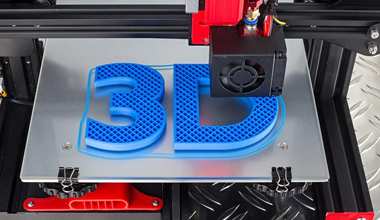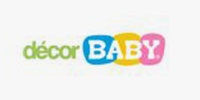Differences Between PET Bottles and HDPE Bottles
Differences Between PET Bottles and HDPE Bottles
PET and HDPE plastics are very popular for manufacturing bottles and jars. As a plastic squeeze bottles manufacturer and supplier, we're also commonly asked“What is the difference between PET bottles and HDPE bottles?”Therefore, we share this article to help you understand what separates these two types of plastic bottles from each other.
Transparency
The most obvious difference between PET bottles and HDPE bottles is transparency. PET is typically transparent, making it the perfect choice for showing off brightly colored beverages or even makes it easier for you to have labels and branding that won’t clash with the color of your container.
HDPE is translucent, so it looks opaque from a distance but it also allows you to see the fill level of your product through the material at a close distance.
Barriers
PET plastic is strong but lightweight and flexible, and it greatly resembles glass in appearance. It acts as a strong barrier against water vapor, gas, oil, alcohol, and dilutes acids, so it’s the perfect packaging choice for food and beverages where preventing product contamination is essential.
HDPE is tough and rigid, with a finish of natural milky color. The strength of the material means it’s very difficult to crack and makes it an appropriate packaging choice for food and beverages, also chemicals and industrial cleaning products.
Temperature Range
PET bottles don’t have as high of temperature resistance (less than 131°F) as HDPE, and they can handle cold temperatures of about -40°F.
HDPE bottles are also able to withstand colder and freezing temperatures very well (about -110° F) and higher temperatures moderately well near 167°F.
Common Uses
PET bottles are commonly used to package food, water, and beverages, also can be used for cosmetic packagings, such as lotion bottles containing active essential oils, tinted bottles with pumps or sprays and packaging, etc.
HDPE bottles are commonly used for personal care packaging due to their squeezable nature, such as shampoo and conditioner packaging, also can be used for pet care packaging due to its impact strength and convenience plus more specific applications, such as roll-on deodorant packaging. Besides these, packaging cosmetics, chemicals, glue, ink, pesticides, and sanitizer is available.
Recyclability
In terms of recycling, there isn’t a great difference between the two types of plastic bottles. PET plastic can be recycled into a variety of new materials, including fabrics and new food packaging, while HDPE can be turned into garden furniture, bins, and pipes.
If you’re not sure which type of plastic your bottle is, look at the body or bottom of the bottle for recycling code 1, which indicates that your bottle is made from PET, and recycling code 2, which indicates that your bottle is made from HDPE.
If you still have any questions about the materials of plastic squeeze bottles or want to get more information about plastic squeeze bottles and solutions, welcome to contact us now. Sanle expert team will be glad to help you.





























